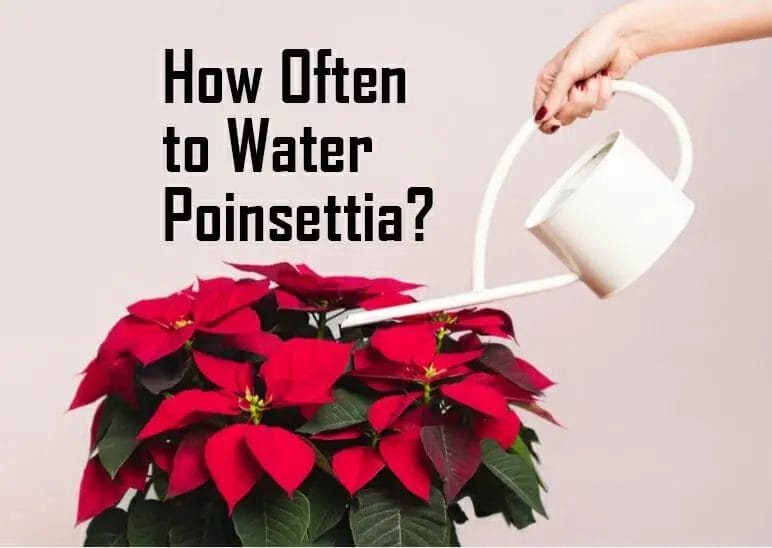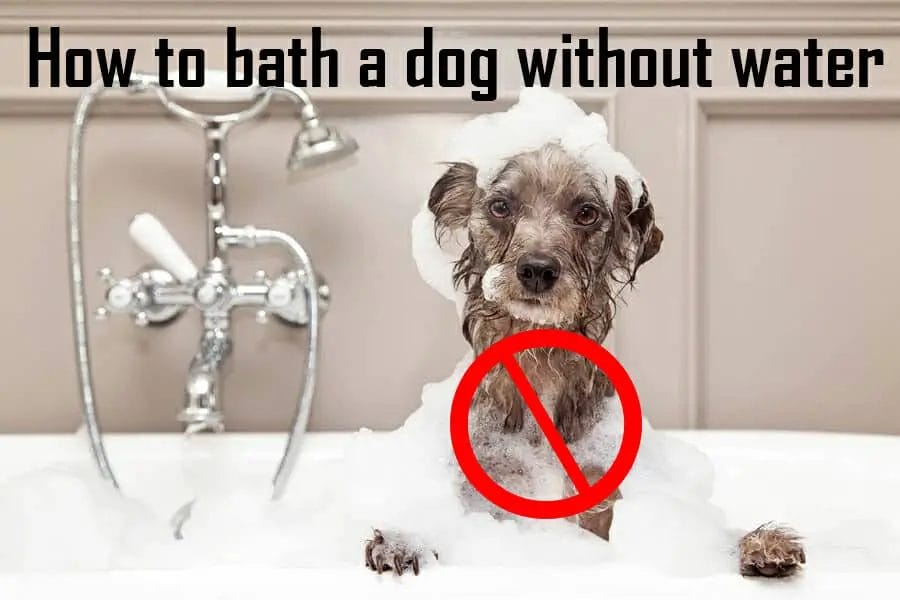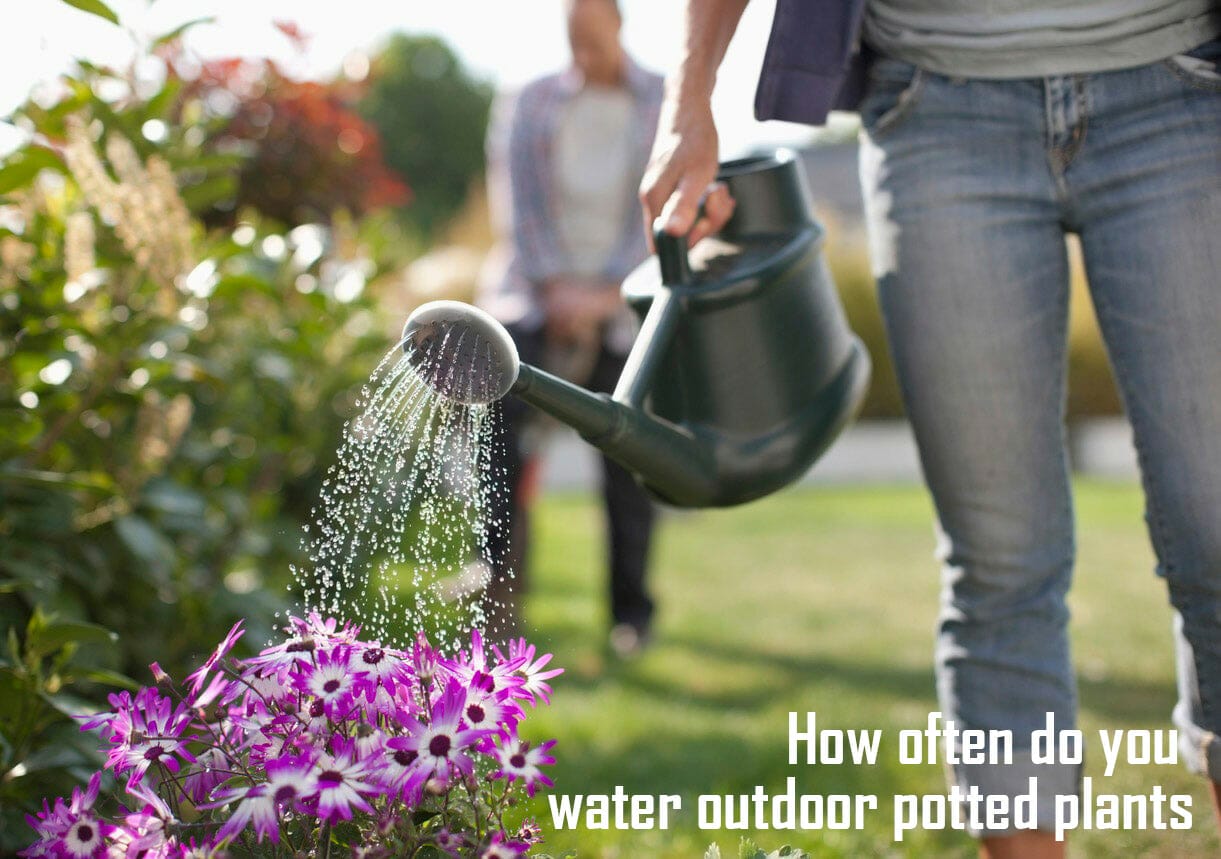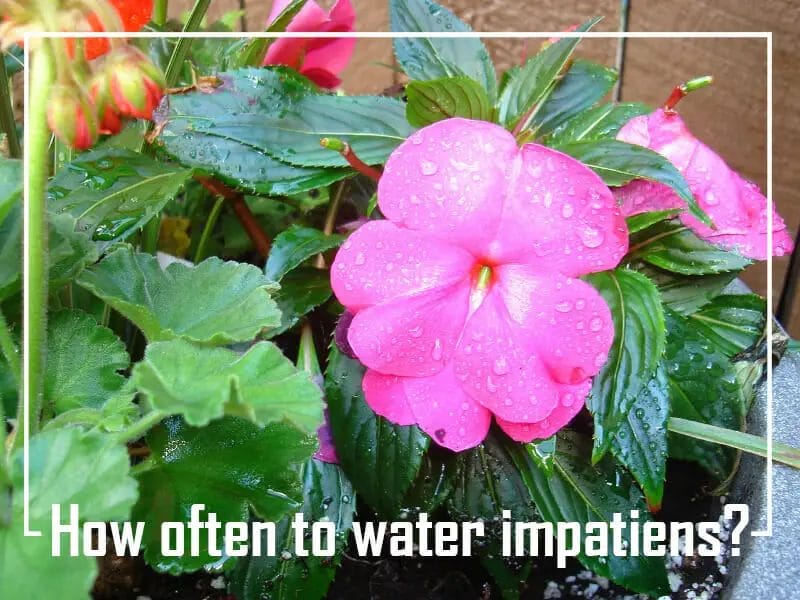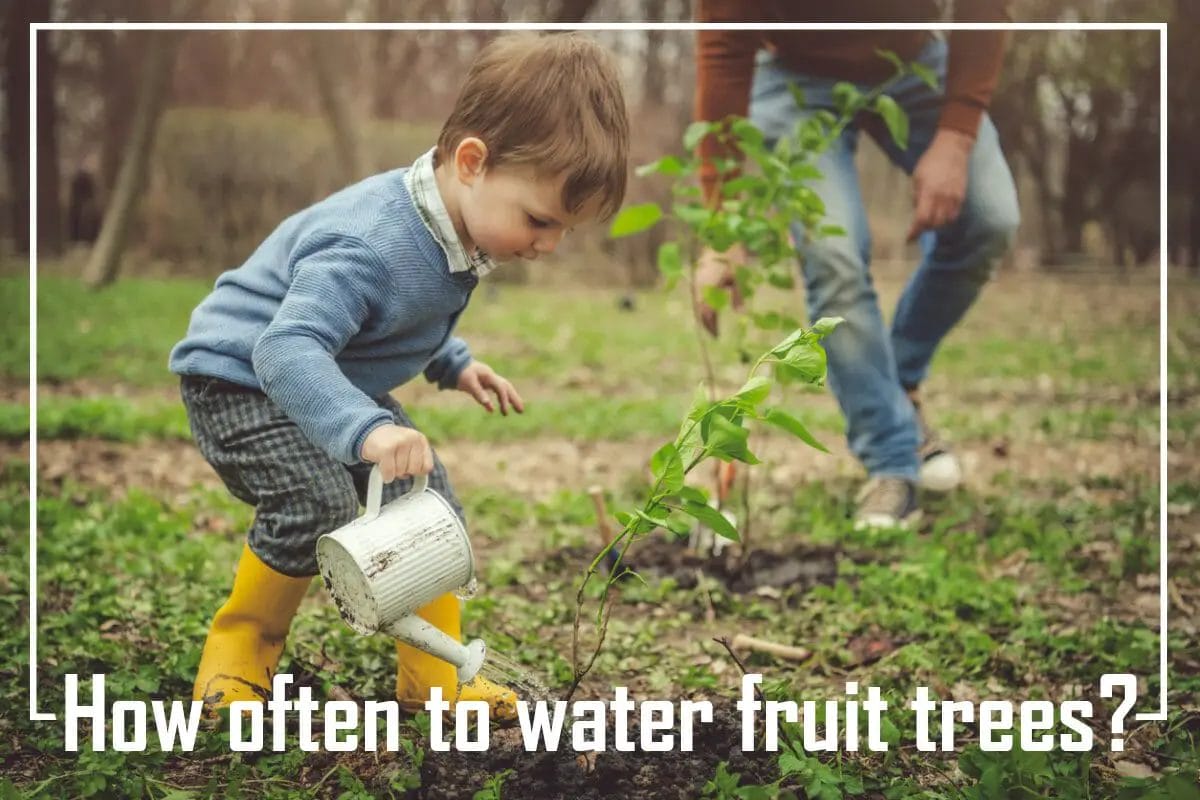The quest for clean and safe water becomes paramount in the heart of the wilderness, where modern conveniences fade away. Mother Nature, with her ancient secrets, offers us ingenious solutions to purify water in the wild. From the whisper of flowing streams to the embrace of sunlight, this guide delves into harnessing natural elements to transform murky waters into liquid gold.
Embark on a journey of discovery as we unveil the techniques our ancestors relied upon, allowing you to quench your thirst with confidence, even amidst untamed landscapes. It’s time to embrace the wild’s methods and sip from nature’s untamed purity.
risks to drinking wild water
Drinking water from natural sources in the wild carries inherent risks due to potential contamination and the presence of harmful microorganisms. Here are some risks associated with drinking untreated wild water:
- Microbial Contamination: Wild water sources can contain various types of bacteria, viruses, and parasites that can cause waterborne diseases like diarrhea, cholera, and giardiasis.
- Chemical Contaminants: Natural water sources can contain pollutants from agricultural runoff, industrial activities, and human waste, leading to potential chemical contamination that can harm health.
- Animal and Human Waste: Animals and humans using water sources for drinking, bathing, or waste disposal can introduce harmful microorganisms and contaminants into the water.
- Environmental Factors: Water sources in the wild can be influenced by environmental factors such as stagnant water, decaying organic matter, and algae blooms, which can further compromise water quality.
- Unknown Sources: It’s often difficult to determine the source and quality of water in the wild, making it challenging to assess its safety for consumption.
- Unfiltered Sediments: Natural water bodies may contain sediments, debris, and particles that can affect the taste and texture of the water, as well as potentially carry contaminants.
- Waterborne Illnesses: Consuming contaminated water can lead to waterborne illnesses that cause dehydration, weakness, and digestive issues, which can be particularly dangerous in a survival situation.
8 Methods To Purify Water In The Wild
1. Finding a water source
When faced with a water shortage in the wild, the first thing you need to know is where to go and what to do. First, what type of water do you need? Is it potable water, rainwater, or both? If you use potable water, you’ll want to ensure that the water source is free from contaminants.
If you’re looking for rainwater, you’ll want to find a spot that doesn’t rain too much. You don’t want to collect rainwater if it will run into a stream or river and contaminate the water supply. If you’re looking for both types of water, you’ll need to find a place to store and transport your water collection container safely.
Next, you’ll need to figure out what kind of water source you can access. Finding a reliable source of clean water that animals or insects don’t contaminate is essential. You also need to consider whether the water source is accessible. For example, if you’re stuck in a remote area, you’ll probably need to carry your water collection device. However, if you’re traveling through a city, you might be able to find a public faucet or even a water cooler.
2. Boiling
If you have one, you can boil water in a metal container over a fire. If you do not have a metal container, you can still boil the water by building a fire pit and placing rocks around the fire’s edge. Boiling the water will kill bacteria and parasites that may be present.
After boiling the water, you can add minerals to help improve its taste. These minerals include chlorine, calcium, magnesium, iron, sodium, potassium, and sulfur.
The next step is to let the water cool down; it will no longer be hot enough to burn you when the water is at room temperature. However, if you drink the water while it’s still warm, you risk getting sick.
3. Distillation
It would be best to build a shelter to distill water using a solar still. A simple shelter can be built using two poles and a tarp. Once you have your shelter, you’ll need to gather all of the materials needed to create a solar still. These include a tarp, rain poncho, and bucket.
The next step is to lay the tarp flat on the ground. Next, you’ll need to cut a hole in the center of the tarp so that the water drips into the bucket. After that, fill the bucket half full with water. Finally, cover the bucket with the rain poncho.
When the sun shines on the poncho, it will absorb the sun’s energy and convert it into heat. The water will condense on top of the poncho as the heat increases. When the water has condensed enough, remove the bucket from the poncho and pour the purified water into another container.
4. Survival straws
A survival straw is an inexpensive way to filter drinking water, and it works by filtering out particles larger than 0.45 microns. Survival straws work best in areas where the water is clear and contains little debris, and they don’t work well in murky water or if many large particles are floating in the water.
5. Filters
You can use filters, hot rocks, boiling, chemicals, or ultraviolet light. You can also use a solar still or an evaporation filter. There are a few different types of filters that you can use: mechanical filters, activated carbon filters, and ceramic filters. Mechanical filters remove large particles from the water, activated carbon filters remove chemicals and bad taste and smell, and ceramic filters remove bacteria and viruses.
To use this method, you must find a place with a lot of sunlight. Also, you should look for a place with many hot rocks. Place the hot rocks in the sun for a few hours until they get hot. Then, put them in your water container and let them sit for about 30 minutes. The water will start to boil and kill any bacteria or viruses.
To do this, you must find a place where firewood is available. Build a small fire and wait for it to burn completely. Put the wood in a pot and allow it to heat up. Wait for the water to boil. Place the boiling water in a container and allow it to cool.
6. Ultraviolet light devices
UV light has a shorter wavelength than visible light, making it invisible to the human eye. UV rays are primarily responsible for sunburn and skin cancer. It damages their DNA, so they can no longer reproduce or function properly.
There are several ways to use UV radiation to purify water in the wild: Solar disinfection (SODIS) generates heat and UVC radiation from the sun to destroy bacteria and harmful microorganisms. SODIS can be used to treat both fresh and saltwater.
UVGI kills microorganisms by exposing them to short-wave ultraviolet light at 254 nm. It would be best if you found places with direct sunlight and a UV light source to use these methods.
7. Solar water disinfection
In some parts of the world, people have been using solar power to purify water since the 1970s. Solar disinfection is a system that uses the sun’s heat, which converts water into steam. This steam then passes over a reflective surface, which causes the steam to condense into liquid water. This water can then be stored in containers or used directly.
This method requires a reflective surface, a collector, and a storage container. To make a reflective surface, you can use anything that reflects the sun’s heat, including a metal roof, a white piece of fabric, or even a sheet of plywood.
A collector is a device that collects the steam produced by the sun. For example, you could use a bucket, a plastic bag, or a glass jar. Finally, a storage container is where you store the purified water. Common storage containers include buckets, barrels, jugs, bottles, and cans.
The first step in solar disinfection is collecting the steam produced by the sun’s heat. This steam is called “condensed” because it has condensed out of the air. The condensed steam is very hot, so you must protect yourself from getting burned when handling it.
Wear gloves, long sleeves, pants, and shoes made of rubber or other non-slip materials to prevent burns. Make sure your head is covered, as well.
The next step is to transfer the condensed steam to a storage container. Don’t reuse the same storage container to keep the water clean. Rinse it thoroughly with warm water and soap before storing it.
Once you’ve collected the condensed steam, you need to transfer it to a storage container. Manually or automatically, the steam can be transferred. All transfers require you to pour the condensed steam into a storage container.
Automatic transfers work much like an espresso machine, and they use a pump to force the steam into the storage container.
Once the condensed steam is transferred to a storage container, you need to let the steam sit there for about 30 minutes. During this time, the steam will continue to boil off any impurities. After 30 minutes, you should check the water to see if it is clear. If not, repeat the boiling process until all the impurities disappear.
You now have clean water! You can drink it, cook with it, or enjoy the fact that you’re drinking water purified by the sun.
8. Disinfecting tablets
You can also use disinfecting tablets to purify contaminated water. Disinfecting tablets contain chemicals that kill microorganisms such as viruses, bacteria, and protozoa. The best way to use disinfecting tablets is to add them to the contaminated water.
For example, if you have a dirty water bottle, you could add two or three tablets to each liter of water. After adding the tablets, allow the water to sit for at least twenty minutes before drinking.
If you don’t have access to a source of disinfectant tablets, you can mix bleach (sodium hypochlorite) with water. You should mix 10 parts bleach with 1 part water. Wait 15 minutes before drinking the water, and avoid swallowing the mixture.
If you cannot access disinfectants, you can use a hand sanitizer instead. Hand sanitizers contain alcohol, which kills bacteria. However, they may not be effective against viruses.
How to use a portable water filter in the wild?
A portable water filter is a must-have if you’re looking to stay safe and healthy while exploring the great outdoors. Follow these simple steps to make sure you’re using your filter correctly:
- Fill your water bottle with as much water as you can.
- Place the filter over the top of the bottle.
- Turn the filter clockwise to tighten it.
- Hold the filter steady with one hand and use the other hand
It is possible to purify water in the wild in a number of ways, but the most popular and effective method is squeezing water through a filter. Filters with small pores allow water to pass through while preventing harmful bacteria from entering.
One well-known company for its line of portable devices designed for this purpose is Sawyer, located in Safety Harbor, Florida. Filters in the company’s lineup are ideal for backpacks or pockets, and each device offers unique features.
LifeStraw Personal Water Filters, for example, can filter up to 1000 liters of contaminated water without iodine or chlorine. With only 2 ounces of weight and a high flow rate, it produces filtered water in about 3-5 seconds. In addition, its shelf life has been extended to 5 years, and it can treat up to 1000 liters per hour (LPH).
Another option is Potable Aqua Iodine tablets intended for short-term use only (30 minutes) and comes in a pack of 25. They’re not as long-lasting as some other options, but they’re a good choice for emergencies.
The Berkey Filtration Kit is an excellent choice to purify water from both treated and untreated sources. The replaceable carbon core effectively decreases the taste, odor, and toxicity of chemicals in water, making it suitable for use in hostile environments and outdoor activities. The kit includes 2 Black Berkey filters, which can purify up to 6000 liters of water each!
You may also like: Home Master Water Filter Review
How to use chlorine dioxide tablets to purify water in the wild?
Chlorine dioxide tablets can be used to purify water in the wild by adding them to the water. Once the tablet has dissolved, allow the water to cool for a few minutes before drinking.
When you’re looking to purify water in the wild, you can use a few different methods. You can use chlorine dioxide tablets, iodine tablets, or even filters. You should choose the method that best suits your needs due to the pros and cons of each.
If you’re looking for speed over taste, then chlorine dioxide tablets are the way. This category clearly goes to Potable Aqua – treated water can be consumed 35 minutes after starting treatment. However, the toxicity and flavor of iodine can be problematic, so this may not be the best choice for everyone.
Micropur tablets take four hours to offer maximum disinfection, but they are 99 percent effective against water-borne pathogens. The downside is that they are not a good choice for pregnant women or anyone with thyroid issues.
Most people tolerate Katadyn’s chlorine-based formula after waiting four hours for it to dissipate, and it’s also less expensive than iodine pills. Potable Aqua uses iodine tablets, which are cheaper and work faster. However, they don’t taste as good and last less than chlorine dioxide tablets.
Frequently Asked Questions
1: Can I drink water directly from a natural water source in the wild?
2: What are some common methods to purify wild water?
3: How effective is boiling water for purification?
4: Can I rely on natural signs to determine water safety?
5: What should I do if no purification methods are available in a survival situation?
Conclusion
Drinking water from natural sources in the wild can be life-sustaining, but it also poses potential risks. While natural signs might offer some guidance, it’s essential to prioritize your health and safety by using reliable purification methods. Boiling, filtration, chemical treatment, and improvised filtration systems are your allies in ensuring that the water you consume is free from harmful microorganisms and contaminants. In the wild, proper water purification practices are a vital skill to have for any outdoor enthusiast or survival situation.
Sarah J. Gregory
352 Hershell Hollow Road
Anaheim, CA 92805


